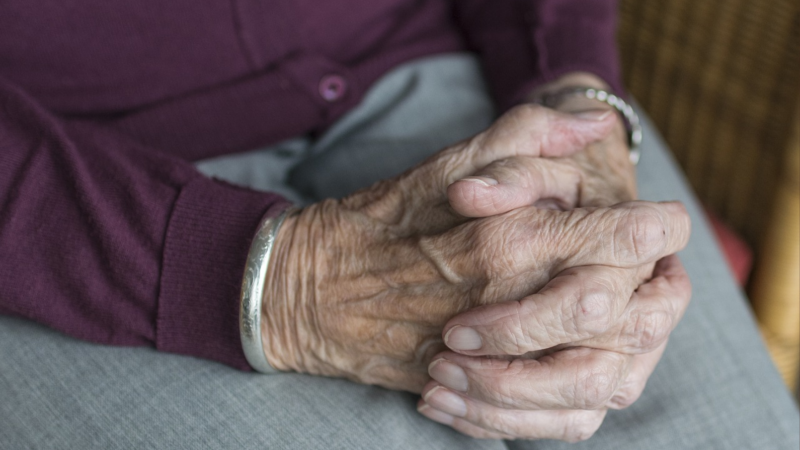
Sixty-Five in Alabama
- July 26th, 2019
Sixty-Five in Alabama
| During the 20th century, the number of persons in the United States aged 65 or older jumped by a factor of 11. The elderly, who comprised only one in every 25 Americans (3.1 million) in 1900, made up one in eight (34.1 million) in 1997. Declining fertility and mortality rates also have led to a sharp rise in the median age of our nation’s population—from 23 years old in 1900 to 35 in 1997. Between 2000 and 2025, the 65 and over population in the United States is expected to increase 78.5 percent, according to the Census Bureau’s middle series projections.Alabama’s elderly population growth is following similar trends. The number of residents 65 and over increased from just 54,306 in 1900 to 565,197 in 1997, while the median age climbed from 18.9 to 35.2. From 2000 to 2025, the state’s elderly population is projected to increase almost 84 percent, from 582,000 to 1,069,000. By 2025 one in five Alabamians could be elderly. Most of this growth will occur after 2010 when the leading edge of the baby boomers (those born in 1946) have had their 65th birthdays. Between 2010 and 2025 the growth rate of the population over 65 will be about 16 percent every five years. By comparison, the total population of Alabama will increase about three percent every five years.
Back when the United States was founded, life expectancy at birth stood at only about 35 years. It reached 47 years in1900, jumped to 68 years in 1950, and steadily rose to 76 years in 1996. In 1996 life expectancy was higher for women (79 years) than for men (73 years). By 2010 life expectancy will be 74 years for men and nearly 81 years for women. Once Alabama baby boomers reach 65 they can expect to live another 15 to 17 years. |
Many assume health among the elderly has improved because they, as a group, are living longer. Others hold a contradictory image of the elderly as dependent and frail. The truth actually lies somewhere in between. Poor health is not as prevalent as many assume. On the other hand, as more people live to the oldest ages, there may also be more who face chronic, limiting illnesses or conditions, such as arthritis, diabetes, osteoporosis, and senile dementia. People with these conditions may become dependent on others for help in performing the activities of daily living. Aging brings increased chances of being dependent.According to the Alabama Center for Health Statistics, heart disease, cancer, and stroke, in that order, are the leading causes of death among the elderly. Though death rates from heart disease have declined for the elderly nationwide, it is not clear that heart disease for elderly Alabamians is decreasing. Death rates from cancer, on the other hand, have been increasing both in Alabama and the nation.
The perception of “elderly” and “poor” as practically synonymous has changed in recent years to a view that the noninstitutionalized elderly are better off than other Americans. Both views are simplistic. Age, sex, race, ethnicity, marital status, living arrangements, educational attainment, former occupation, and work history are characteristics associated with significant income differences. For instance, elderly white men have higher median incomes than other groups. Research has shown that the better educated tend to be healthier longer and better off economically. Fortunately, educational attainment among men and women, blacks and whites, has increased significantly in our state during the past two decades. When these people enter the sixty-five-plus age group, we can hope for an elderly Alabama population with less poverty and fewer health problems than is now the case. |
Annette Jones Watters and
Carolyn Trent
Editor’s Note: This article is based in part on a Census Bureau monograph in the Statistical Brief series, “Sixty-Five Plus in the United States,” SB/95-8, May, 1995.
